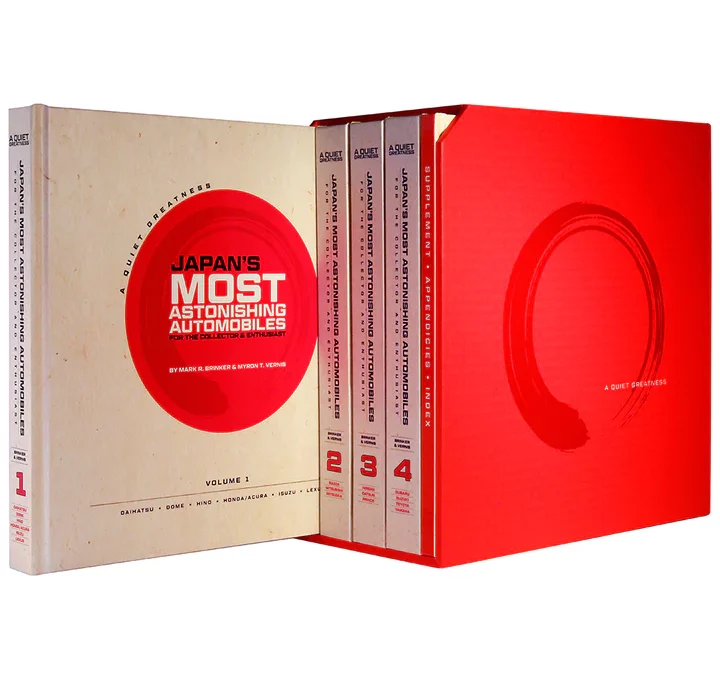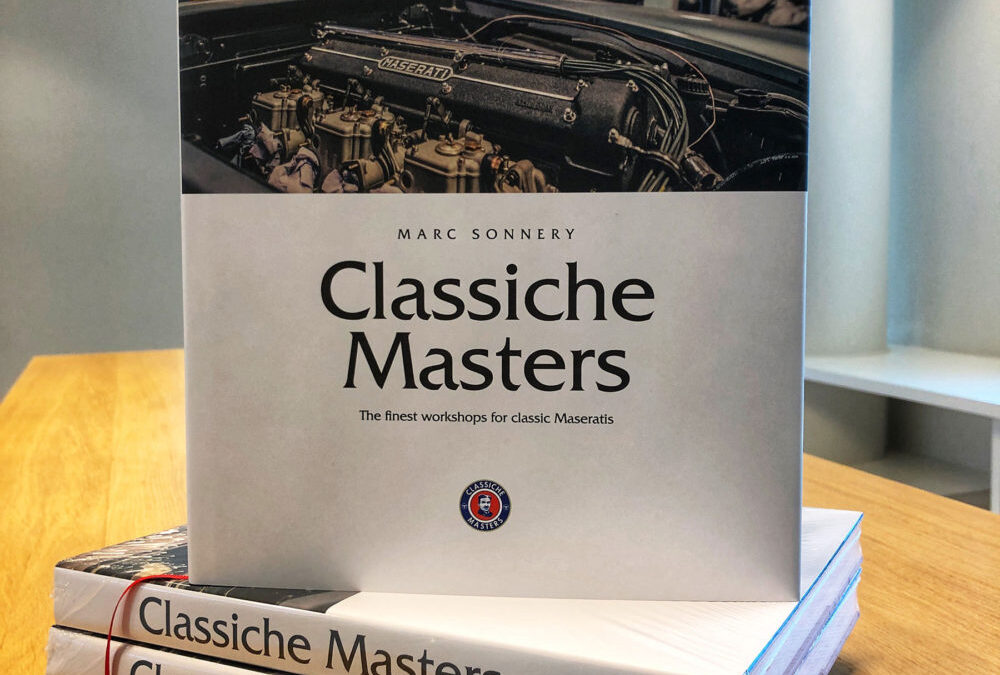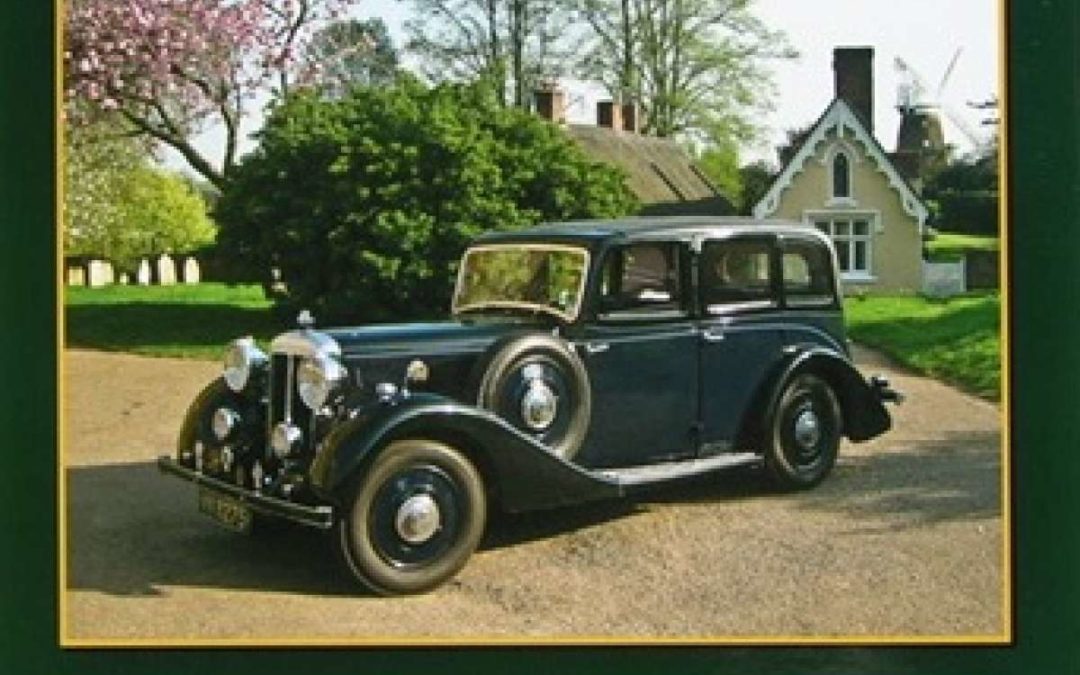
- A stunning coffee table book of historically significant NASA photos
- Amazing photographs complemented by quotes and stories from noted personalities at NASA
- A chronological journey through NASA’s history, from Apollo to the James Webb Telescope
- Awe-inspiring, inspirational and motivational, a perfect gift and a must for your library
- Quotes from astronauts Commander James Lovell and John Glenn, as well as John F Kennedy, Ralph Waldo Emerson and many more
“The history of space exploration is best presented in this book of NASA photographs, whose images are universally inspirational.” – Commander James Lovell, Apollo 13
NASA has worked at the forefront of space exploration and research since 1958. Their devotion to furthering our understanding of what lies beyond our atmosphere has seen 12 humans walk on the surface of the moon, helped form the International Space Station, and placed numerous rovers on Mars. Voyager 1, launched by NASA on 5 September 1977, is the furthest manmade object from earth, having left our solar system entirely – and the agency’s plans for the future are equally inspiring.
This book celebrates NASA throughout the years, from its inception to its 60th anniversary in 2018, and beyond. A visual tour-de-force, the book collects high resolution NASA photos of historic significance; from rarely seen photos and the words of President John F. Kennedy commanding the space race, to the many triumphs and tragedies of the Apollo Missions, moon landings, the International Space Station, space shuttles, journeys to Mars and explorations of our galaxy’s outer reaches. These breathtaking images are complemented by heartfelt words of hopes and imagination for the future, encouraging readers to admire their world from a different perspective. NASA: the Greatest Milestones is a stunning 300 page book.
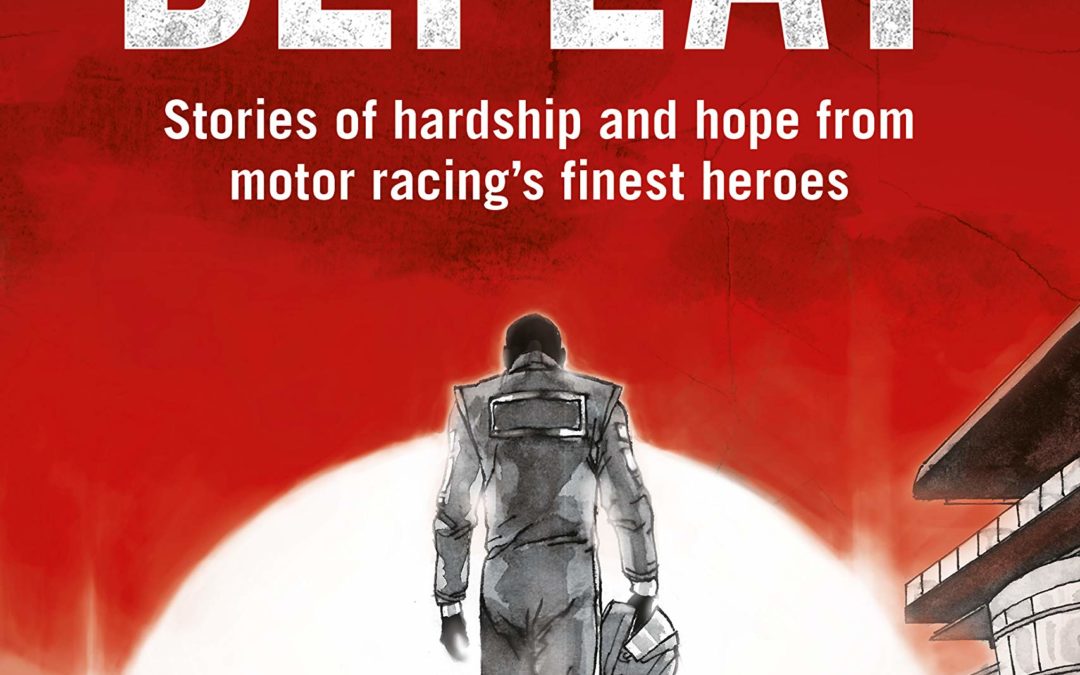
My Greatest Defeat is a collection of honest and revealing insights into 20 of the greatest living racing drivers, legends of the worlds of Formula 1, Indycar, NASCAR, Le Mans and Rally. Interviews conducted specially for this book are with (in alphabetical order) Mario Andretti, Derek Bell, Emerson Fittipaldi, Dario Franchitti, Jeff Gordon, Mika Häkkinen, Damon Hill, Jimmie Johnson, Tom Kristensen, Niki Lauda, Sebastien Loeb, Felipe Massa, Rick Mears, Emanuele Pirro, Alain Prost, Carlos Sainz, Jackie Stewart, Bobby Unser, Ari Vatanen and Alex Zanardi. Here are five highlights…
- Dario Franchitti — The Indycar champion talks of the deaths of the friends that book-ended his career in racing, the heartbreak that each caused and the aftermath of accidents that affected the physical functioning of his brain.
- Jeff Gordon — One of the all-time NASCAR greats, he looks back on his many championships, admitting that today he cannot view a single one with anything but regret as family relationships were soured and stretched to breaking point.
- Jimmie Johnson — One of the greatest stock car drivers in history, Johnson was at one time considered a reckless outcast. He reflects on the little-known crash that almost killed him and changed his mindset forever.
- Niki Lauda — A racer who needs no introduction, Niki Lauda discusses the loss of one of his aircraft over Thailand in which all on board were killed; for eight months he fought to clear the name of his pilots and change aircraft safety forever.
- Alex Zanardi — In a deep and revealing conversation, the Paralympic gold medalist, who lost both legs in an Indycar accident, discusses how we decipher between our passion and our ambition and how childhood dreams affect our adult decisions.
Striking portrait artworks come from a revered artist in modern comic book design, Giuseppe ‘Cammo’ Camuncoli, who is renowned for the dark, brooding style that has seen him become a staple in the Vertigo, DC and Marvel stables.

Motorsports greats on their rivals, teammates and heroes
Published in support of cancer charity Hope for Tomorrow, Drivers on Drivers features some of the greatest names in motor racing speaking candidly about their biggest rivals as well as their heroes, teammates and friends. It is a unique concept, with those interviewed ranging from legends of the 1950s such as Tony Brooks and 1960s rally icon Paddy Hopkirk, to Derek Bell, Mika Häkkinen, and current superstars such as Sir Lewis Hamilton.
Each driver is in conversation with a leading motorsport writer or broadcaster, and the book is illustrated with stunning photography throughout.
- Thirty-one revealing interviews, featuring motorsport legends opening up about their fellow drivers and offering unique insights into what separated the great from the good, who they looked up to and learnt from, and who to avoid on-track.
- Interviews include Tony Brooks on Stirling Moss, Jackie Stewart on Jim Clark, Gerhard Berger on Ayrton Senna, Mark Webber on Sebastian Vettel, and many more…
- Interviewees include eight Formula One World Champions, nine winners of the Le Mans 24 Hours, and 13 Grand Prix winners.
- Interviews conducted by Philip Porter along with a team of leading motorsport writers and broadcasters – Mark Cole, Ben Edwards, Louise Goodman, Simon Taylor, David Tremayne, Peter Windsor and Ian Wagstaff.
- Contains stories of tragedy and humour, triumph and disaster, as these great names give personal insights into motor racing’s deepest friendships and fiercest rivalries.
- More than 100 superb photographs illustrating pivotal career moments, on-track battles, and candid shots of their interactions with fellow drivers.
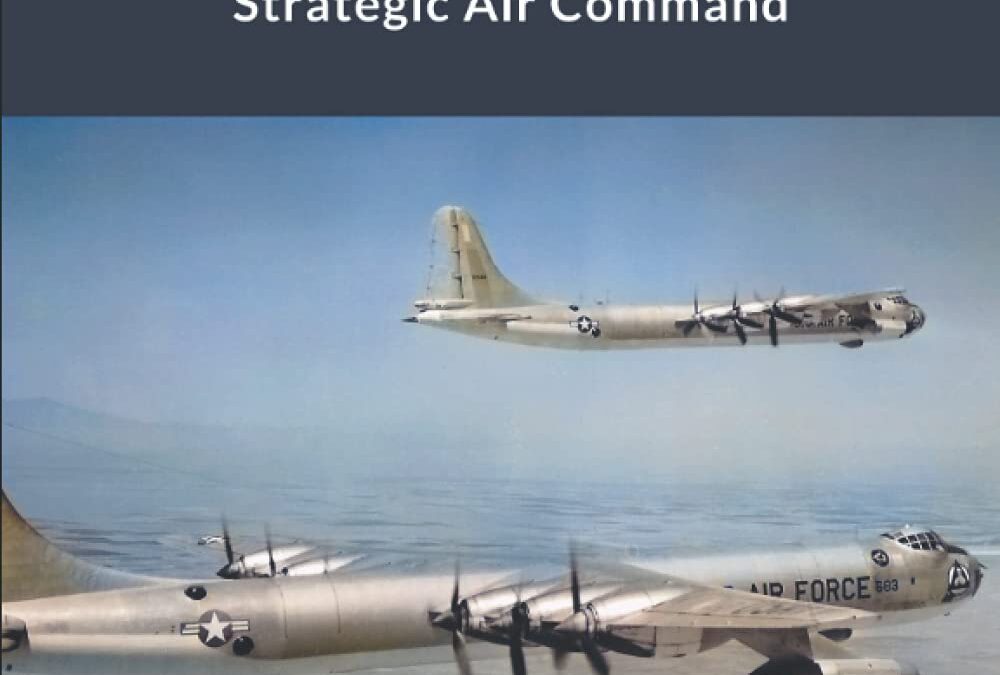
Hi, this is H.J. Campbell and I want to say thanks for your interest in my book. It’s a concise history and engaging story that I believe every military aviation history lover will enjoy. In this book you’ll discover the incredible B-36 Peacemaker – SAC’s “Big Stick” – and the first true intercontinental bomber capable of carrying heavier bombloads higher and farther unrefueled than any other aircraft. Details include the design and development, complete aircraft lineage, aircraft basing, evolution of model changes, deployments, atomic testing history… and the list goes on!
Theodore Roosevelt once said, “Speak softly and carry a big stick”, which was the essence of Strategic Air Command’s big stick, the B-36 Peacemaker. The B-36 was the mainstay of United States strategic deterrence policy during the early years of the Cold War. Given its ability to carry two of the largest 21-ton Mk 17 thermonuclear weapons in the arsenal, the B-36 seemed purpose-built for the role. But it was simply in the right place at the right time. Its design started even before the United States entered World War II, long before the Cold War was imagined, and well before the advent of an air-droppable nuclear bomb.
The B-36 was a truly incredible aircraft and unlike any other in its day. It was the largest piston engine bomber ever built and, at 230 feet, still holds the record for the longest wingspan of any American combat aircraft. Because of its immense size and unprecedented wingspan, it could lift more weight to higher altitudes than any other aircraft. It was the first aircraft to carry a 10,000-pound bombload over 10,000 miles. It was the first, and only, true intercontinental bomber capable of flights of over 9,000 miles without refueling and capable of remaining aloft for over 51 hours. Given the size and range of modern-day aircraft, it is difficult to understand how farsighted its specifications were at the time. It is important to understand the context of the day to fully comprehend the enormity and significance of the challenge.
I hope you’ll get your copy now of this enduring historical reference, written by a former SAC Warrior and Air Force veteran – a welcome addition to every aviation lover’s library!
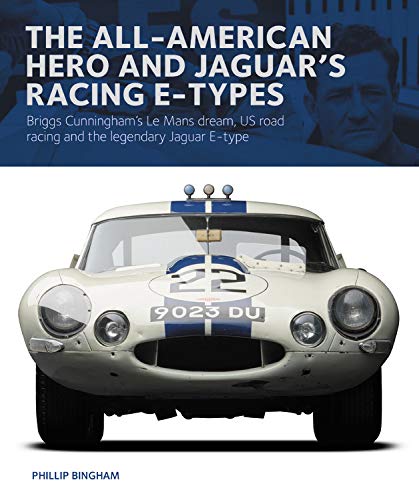
First seen by the wider world at the 1961 Geneva Motor Show, the Jaguar E-type redefined perceptions of how a sports car could – and perhaps should – look. No less a figure than Enzo Ferrari is said to have described it as “the most beautiful car in the world”. Small wonder that demand swiftly exceeded supply after Jaguar initially laid down plans to build the car in relatively small numbers.
It was an instant hit on racing circuits too: little more than a month after the launch, Graham Hill took a roadster to victory on its debut at Oulton Park. Chassis 875027, the focus of this story, was the first E-type campaigned by American racing entrepreneur Briggs Cunningham’s famous team and its performances helped persuade Jaguar to use the E-type as the basis for a competition thoroughbred that has become one of the most coveted of all time: the Lightweight
- The E-type evolved from a distinguished series of Jaguar sports cars that notched up a sequence of victories at Le Mans in the 1950s. The car’s development is covered in detail and illustrated with exquisite cutaways.
- Briggs Cunningham had an interesting tale to tell away from motorsport – as did many of his racing companions. He skippered the winning yacht in the America’s Cup; his right-hand man Alfred Momo won the Targa Florio as a co-driver, aged 14, and later climbed onto the wing of an airborne biplane to repair a leaking fuel line. Their contrasting backgrounds are covered in detail.
- Before aligning with Jaguar, Cunningham harboured hopes of putting together an all-American team capable of winning the Le Mans 24 Hours. His eponymous cars made their mark, without ever quite fulfilling his dream, and feature as part of an engaging wider story.
- In addition to running some of motorsport’s best-known names, including Bruce McLaren, Dan Gurney and Jack Brabham, Cunningham was also associated with several unsung heroes. Here, racers such as John Fitch, Phil Walters and Walt Hansgen receive the credit they deserve.
- The book is handsomely illustrated with period photographs from some of the world’s most respected collections, as well as a gallery of studio photographs showing the car as it is today.

Everything you need to completely restore your 1947-1955 first series Chevy pickup to better-than-new condition is shown in complete detail!
The Advance Design era (1947-1955) was historic for Chevrolet, topping all the production numbers every year they were in production. And for good reason. The post-World War II economy demanded a tough and well-engineered solution for this growing economy. Selling more than 2.5 million units during this era, Chevrolet quickly surpassed and controlled the light-truck market with style, utility, and logical engineering.
This era has been overlooked for long enough, and Deve Krehbiel, a well-known restoration expert from DevesTechNet.com who specializes in these trucks, puts his 40 years of experience restoring nothing but Advance Design trucks into an extensive and complete single volume. With more than 500 photos and detailed instruction for every aspect of a proper restoration, this book will be the restorer’s best friend. Deve’s companion book, Chevrolet Inline 6 Engine: 1929-1962 (SA455), explains in full detail the engine aspects of your project.
The Advance Design Chevy pickup is one of the most popular and highly prized vehicles at any venue. The author’s hope is that this book will give you the confidence and the knowledge to put your old Chevy truck back on the road in style. There is just nothing more interesting and more inviting than an old Chevy truck!

Inspiration and expert advice for planning and driving road trips around the world – including 50 suggested routes
Road Trip: A Practical Manual is aimed at inspiring readers to take a road trip, while providing practical advice to help them to do so. Whether looking at popping over to Europe for a quick circuit, hankering to drive the classic routes of North America, or even aiming to cover a clutch of African countries, there is something for everyone. Importantly, every road trip featured is possible without specialist equipment and, indeed, each and every trip could possibly be completed in a hire car – though for a select few a four-wheel drive hire vehicle would be advisable.
The author offers a wealth of advice from his experience taking road trips around the world. From hiring cars and paperwork, to what to take, driving laws, crossing borders and emergencies, the engaging text aims to give the reader confidence to fulfill his/her dreams.
The second part of the book provides a wide range of route suggestions, based on the author’s own experiences on six continents. Road Trip: A Practical Manual is a fascinating guide, which will, hopefully, inspire readers to turn their independent travel dreams into reality.
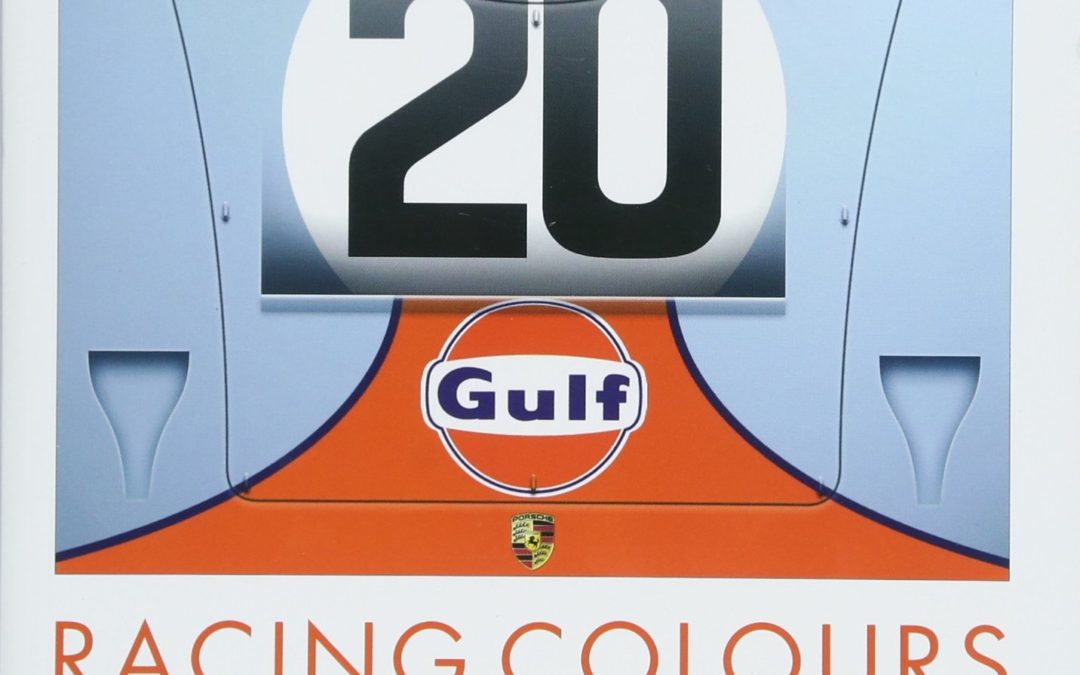
In many respects it is a book unlike many others. It is an individual, as all good books should be. It is quirky, eclectic, eccentric even, but in a world intent on reproducing that which has already been regurgitated I personally felt the need for something a bit more idiosyncratic, I can only hope that you agree!” – Simon Owen
A well known artist specialising in racing car subjects, the late Simon Owen’s detailed, expertly executed work conveys the life, the vibrancy, the essence and passion of motorsports and racing cars, like no other. Simon’s work is a visual feast for lovers of automotive art and motorsport. Over the last few years, Simon had worked on developing a series of stunningly detailed computer-generated digital images, focusing on individual racing cars and their liveries. Seventy-seven of these images have been compiled to create Racing Colours, and each is presented with a relevant quote from a legend of the motor racing world. Along with these beautiful and unique artworks, this book represents a chance to gain a rare peek into the artist’s working methods, revealing some of his developmental work and showing how the digital images were constructed.
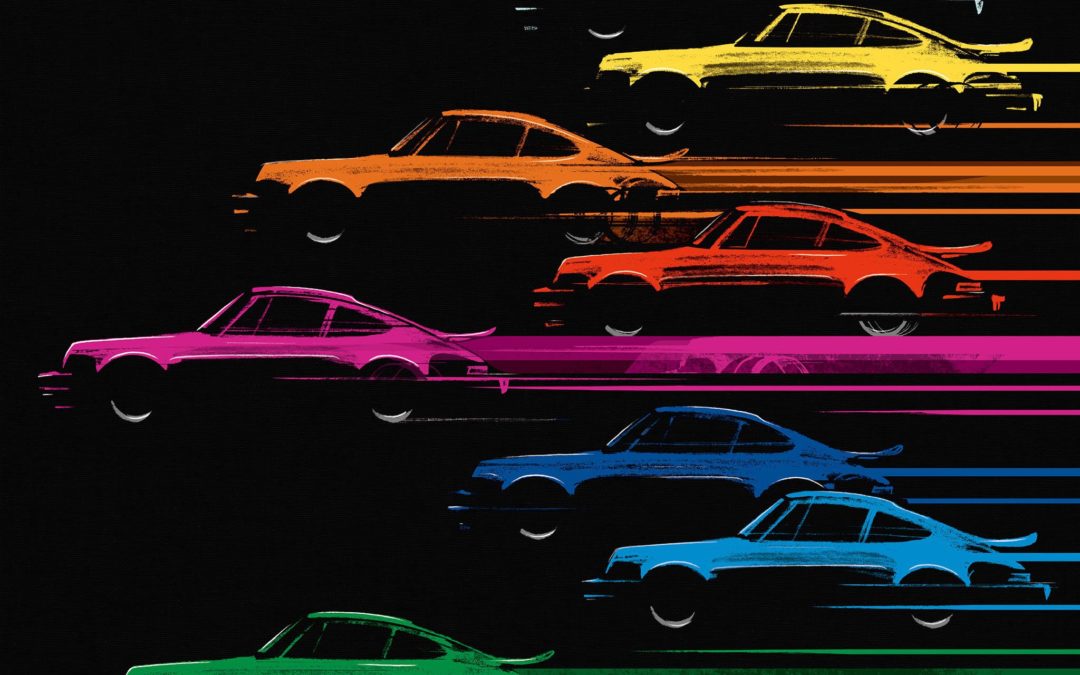
The mid-1970s were dark times for the automotive industry, and darker still for those passionate about high-performance cars. Manufacturers worldwide, struggling to comply with new emissions and safety regulations, were finding it difficult to produce cars capable of delivering a satisfying driving experience. With one or two exceptions-very expensive models built in minute quantities-none did. The cars produced in these years were at best compromised; most were simply dreadful. The OPEC oil embargo had just turned everything upside down while safety and emissions standards were strangling performance and stifling innovation from manufacturers. It was an atmosphere of complete and utter despair, as though all had been lost. Then-out of nowhere-Porsche dropped a bombshell, announcing a turbocharged series production supercar that not only met regulatory requirements but also delivered blistering performance. The 3.0-liter Turbo was an instant sensation, inspiring enthusiasts from every corner of the world and offered hope that perhaps there was still a future for performance cars.
The second Parabolica Press title, Turbo 3.0 continues the theme of being carefully researched using the Porsche archives, private collections, period documentation and intensive study. In an attempt to cover everything an owner, restorer or enthusiast would want to know about the dawn of Porsche’s turbocharged supercar, Turbo 3.0 includes a considerable amount of material never before published: comprehensive discussions of original options, close-up photos of key details, scenes from factory production, coverage of special one-off models and period motorsports. This is the definitive book about Porsche’s immortal 3.0-liter Turbo and it is essential reading for anyone who has ever owned, driven or simply lusted after the first supercar of the modern era.
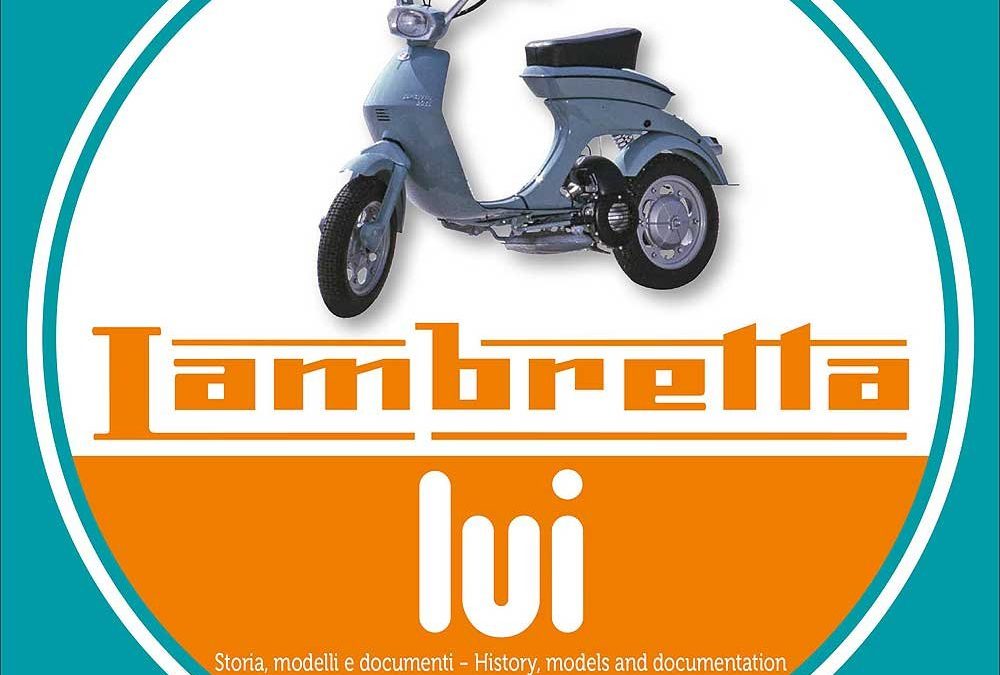
The first and only monograph entirely devoted to the Lambretta LUI scooter, produced by Innocenti in their tens of thousands, designed by that master of body styling, Nuccio Bertone, creator of outstanding cars like the Alfa Romeo Giulietta Sprint and the Lamborghini Miura. The Lambretta LUI was innovative – perhaps too much so – and that was possibly the reason it was not understood, and it was unable to cut for itself as big a slice of the youth market as it should have done. Innocenti believed in the LUI with all its conviction, having invested considerably in advertising it in all available media: television, cinema, newspapers and magazines. A mighty effort that did not bring in the hoped-for results But today, the LUI has been recognised, quite rightly, as one of the shining examples of Italian design as applied to a scooter. Published as the first in a series of books spotlighting the most important and significant Lambrettas, this treatise unveils all the technical and stylistic secrets of the LUI model by model, illustrated by invaluable archive material never before published, and is written by Vittorio Tessera, a major world historian on the popular two-wheeler in all its variations. This first monograph in the series will be followed by others on the Lambretta world, including the LiTV 1, LiTV 2, LiTV 3, S/SX, DL and Junior series. TEXT IN ENGLISH & ITALIAN
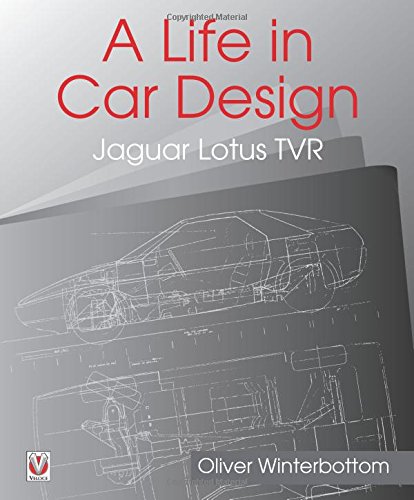
A Life in Car Design gives a unique insight into design and project work for a number of leading companies in the motor industry, including Jaguar, Lotus, TVR and General Motors.
The book recounts the author’s experiences from within the industry, tracing the changes in the design process over a period of nearly 50 years, and follows his career at home and around the world. It shows how the change from imperial to metric measurements and the growing use of computers revolutionized the quality and accuracy of modern vehicles. It also covers the issues and challenges of meeting project targets, and some of the issues that can deflect those efforts. It features previously untold stories, and is thoughtfully illustrated with historical engineering drawings and photographs.
As well as informing automobile enthusiasts it is also hoped that this book will inspire upcoming generations to consider a career in the creative field.

This book is the result of nearly six years of research, gathering of materials and interviews. It presents a chronological listing of the 479th Fighter Group�s activities during the World War II era, from its beginnings until its deactivation. Based upon a summation of the group�s historical records, the account also contains personal anecdotes provided by many of the group�s former members as well as over 650 photos that serve to illustrate the narration. Hopefully through the assemblage of this information the memory of the group and the men who comprised the living, lifeblood of the 479th FG will be better known and remembered by future generations.



